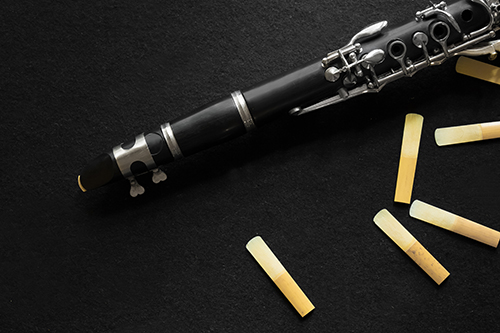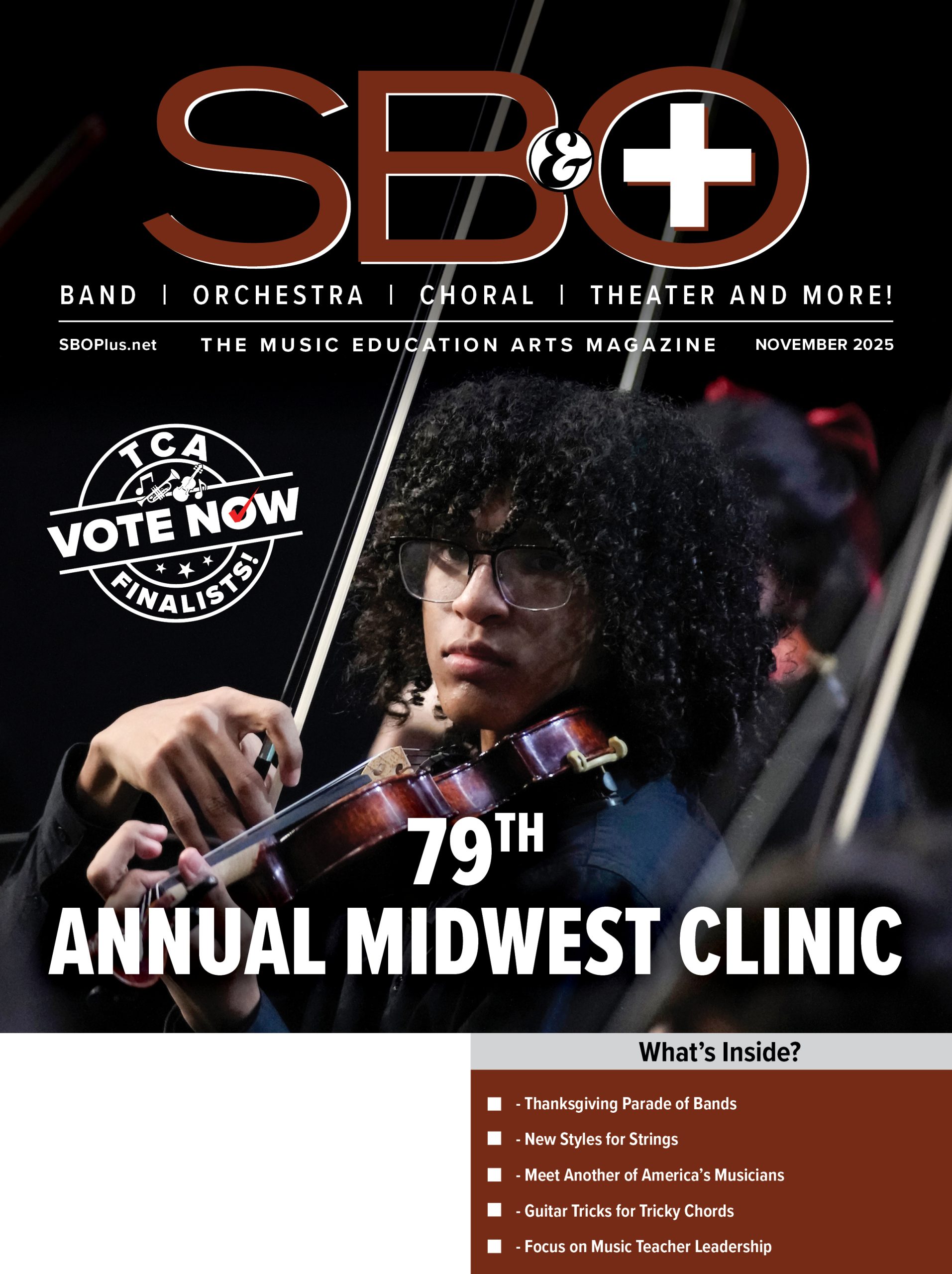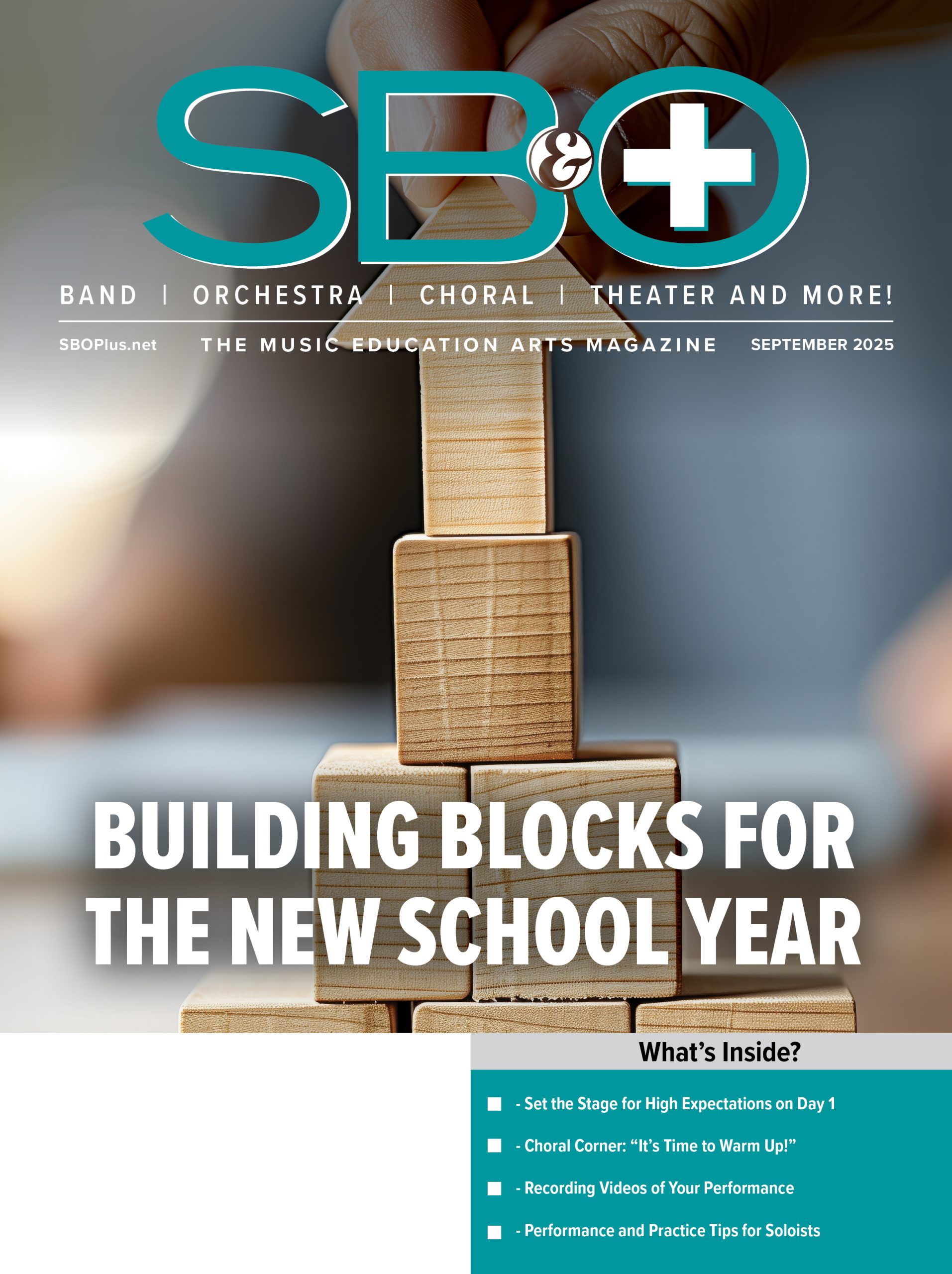I t’s a perfect time of year to dig into basic repairs needed for woodwind instruments. We’ll begin with the clarinet. This month’s column is written by Don Nathan who was a band director for 39 years and is now a repair tech. You can reach out to him at NathanWoodwinds.com if you have more questions. Feel free to access this video which will demonstrate the tips he discusses below. youtu.be/ZwDuFKmFwAk
t’s a perfect time of year to dig into basic repairs needed for woodwind instruments. We’ll begin with the clarinet. This month’s column is written by Don Nathan who was a band director for 39 years and is now a repair tech. You can reach out to him at NathanWoodwinds.com if you have more questions. Feel free to access this video which will demonstrate the tips he discusses below. youtu.be/ZwDuFKmFwAk
Keeping instruments in good condition can be challenging in a school band program. Some basic knowledge of common issues may help you diagnose and perhaps even repair some problems, saving time and expense. Let’s look at some common issues with the clarinet.
The Reed
This may seem obvious, but it can be easily overlooked. If a student says “the high notes won’t come out” or “it won’t play” it could be the reed has either been on the clarinet since the Obama administration and/or the tip has been chipped. The choice of reeds is for another article, but it’s fair to say that if the reed is broken, worn-out, dirty, moldy, or the wrong strength, the clarinet will not sound right. Be sure reeds are of an appropriate strength and in good shape.
A clarinet with a good reed should respond well if there are no leaks in the instrument. Here are some tips to help you diagnose problems. Begin by performing a thorough visual inspection of keys, pads, corks, and springs.
Springs
If a spring is out of place, you can usually reattach it easily with a small crochet hook. Be careful to not bend the spring too much past where it connects to the key, or it could lose its “springiness” and not hold the key firmly in place.
Corks
Missing or worn corks within the mechanism can cause a key to not close completely. You might hear a clicking sound and/or notice extra “play” when pressing a key if this is the case. Some corks are very small so it might be difficult to see where they may be missing.
Screws and Rods
Loose pivot screws or rods can be tightened using a small screwdriver. Be careful not to over-tighten them as it could cause the key to bind. If you have keys that don’t move freely, first try loosening the screw or rod slightly. A small drop of key oil at the pivot points might also help with this. A drop of clear nail polish on the head or threads of a screw that continually comes loose could help keep it in place.
Bent Keys
The right EH/BH and bridge keys are most often bent when students are careless when assembling the instrument. A bent key can often be straightened by bending it back into place by hand or with a pair of duck bill pliers, but the potential for further damage is high. Older clarinets and cheap clarinets often have soft metal that bends easily but also breaks easily. Newer clarinets and good student clarinets will have tougher alloys, but they CAN break given sufficient force. Even experienced repair techs sometimes break keys so PROCEED WITH CAUTION! If you feel confident you can do this with pliers you should first cover the key with a rag to prevent scarring of the metal with the pliers. Again, this might be worth a trip to your repair tech.
Often the bridge key gets knocked out of alignment. With the clarinet assembled, make sure the bridge keys are lined up. While pressing down the first ring on the lower joint, make sure the pad between the top two rings of the upper joint is closing completely. Try assembling the instrument and play a 1 and 1 Eb fingering. It should speak easily. Tap the aforementioned pad with your second finger. There should be no bump in the sound when you tap it. Sometimes a gentle push or pull on the bridge key can correct this misalignment. Other keys that are bent can be bent back into alignment, but again, the potential for further damage is high. When in doubt, take it to your repair tech.
Diagnose Leaks
Begin by making sure the instrument is clean. Take the top joint, cover the tone holes with the fingers of your left hand as if you’re fingering a low C. Put the palm of your right hand firmly over the bottom tenon to completely cover the hole. Now put your lips on the top tenon (as you would to play a brass instrument) and try to suck air through the instrument. If it is sealing, you will feel a little pull on your fingers. Lift one of your fingers. If there’s a decent seal, you should hear a “pop”. If there’s no pop, there is no seal meaning you have a leak somewhere. (You can repeat this process on the lower joint by switching hands and covering holes with your right hand and closing the right E/B key with your pinky). At this point if you don’t have any experience or training in replacing pads you should send it to your repair tech. Pads need to be installed with care and then “floated” into place to assure a complete seal. This is beyond a basic DIY job.
Perhaps the best strategy is prevention. Teach your students proper care and maintenance.
Resource: “Comprehensive Guide: How to Clean and Maintain a Clarinet” by Lisa Canning https://bit.ly/35vZZw1
Next month we will focus on saxophone tips and tricks. Until then, if you are inspired to share a topic or question you would like answered in an upcoming column, be sure to drop me a note at lisa@lisasclarinetshop.com.





























